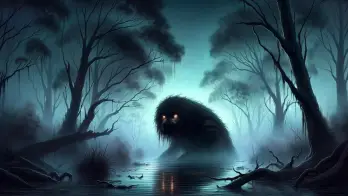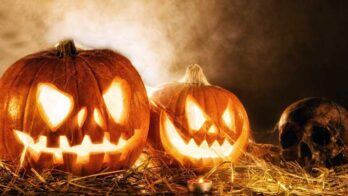Despite the rise of science and technology, many individuals still believe in witchcraft’s power and actively practice its various forms.
From ancient to modern times, the concept of witchcraft has undergone numerous changes and transformations, but its allure remains as strong as ever.
Authentic witchcraft requires using rituals, chants, ceremonies, and affirmations to give individual control over the supernatural forces that govern the Universe.
Unlike witchcraft, simple magic means illusionism, prestidigitation, tricks, and other methods specific to stage magicians.
According to those who practice witchcraft, supernatural forces do not care about the names under which they are invoked.
It does not matter if a magician or wizard attributes modern scientific formulas to them or evokes the ancient names of gods and goddesses.
What’s essential to these forces is that the magician acknowledges their existence, that they can be invoked, and that they can act as powerful servants to those who know how to control them.
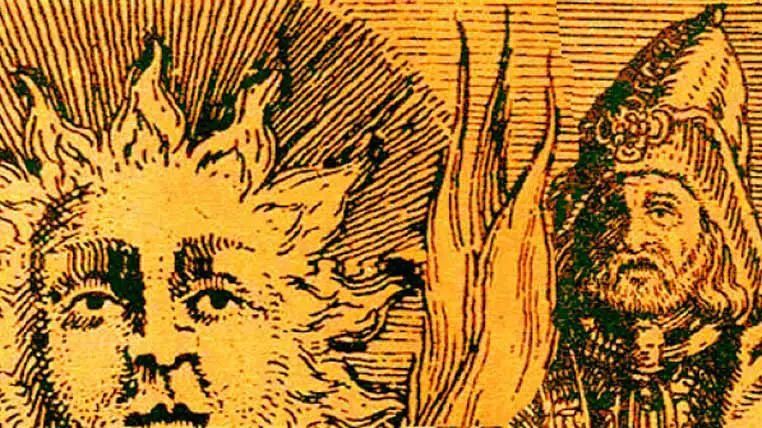
Types of Witchcraft: Abramelin Magic
The essence of Abramelin Magic can be found in “The Sacred Magic of Abramelin the Mage,” a book translated in English by MacGregor Mathers from a French manuscript in the 18th century.
However, the work appears to be much older, dating back to 1458, and is said to have been originally translated from Hebrew.
The text reveals to its adepts that the Universe is full of legions of angels and demons that interact with human beings on many levels.
The full range of phenomena on Earth is produced by demonic entities under angels’ control.
Humanity is between angelic and demonic intelligence on the spiritual scale. Each human has a guardian angel and a malefic demon hovering over them from birth to death.
Abramelin witchcraft provides instructions to initiates of “the Magic of Light” that allow them to gain mastery over demons and place them under human control.
The great mage Abramelin taught his disciples how to accomplish such a difficult task, undergoing a process of spiritual purification and developing a strong will.
Along with mental and spiritual exercises, Abramelin discovered words of power that could be arranged in magic squares and written on parchments.
By correctly applying the magic squares, the mage could command demons to help him gain powers and earthly knowledge.
Abramelin magicians claim that by uttering terms such as “abracadabra,” they can obtain the love of any person, discover hidden treasures, become invisible, invoke the materialization of spirits, fly through the air, travel long distances in just minutes, animate corpses, and make them serve them.
Magicians of Abramelin believe they can heal or cause diseases, bring peace or war, and generate prosperity or poverty. They also claim they can take any human or animal form.
The difficulty most practitioners of Abramelin witchcraft face is that human languages contain too few words to fulfill the needs of such intricate squares.
The fundamental concept of the Abramelin witchcraft school, as determined by MacGregor Mathers in translating the manuscript from French, states that the letters in the squares must form a word representing the desired object and be read in the same direction.
However, Mathers had not yet achieved great success in translating the words used by Abramelin or forming others, as they were merely meaningless strings of letters.
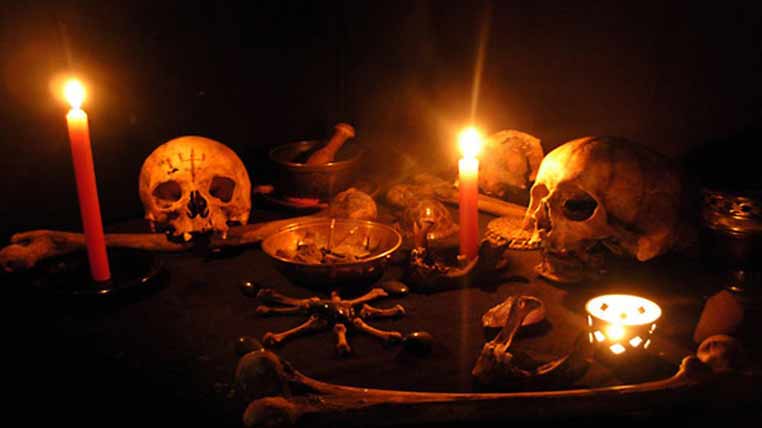
Types of Witchcraft: Black Magic
Black magic uses supernatural knowledge and powers to cause harm or send malicious forces upon another person.
Practitioners of black magic deliberately seek to invoke demonic entities to control their powers and oblige them to obey their will.
Therefore, black magic is a perversion of the mystical sciences.
Instead of trying to be in service to their fellow man, as white magic practitioners do, adherents of black magic seek to gain control over supernatural forces for the sole purpose of self-aggrandizement, glorification of their basest desires, and sowing discord, discontentment, and disease.
The desire to use supernatural entities to bring misfortune upon an enemy or to gain riches and power has existed since ancient Egypt and Persia.
The Greeks and Jews adapted many of the rituals and incantations, transforming the gods of the previous cultures into demons of their own era.
This transmutation of divinities continued in the Middle Ages when the previous gods from the Middle East became demons, ancient fertility mysteries, and rituals were considered orgies, and the veneration of the old hierarchy of gods and goddesses was considered witchcraft.
Belief in black magic and the power of evil became so intense in the Middle Ages that the world became a dark, somber place ruled by Satan.
Medieval wizards who practiced black magic followed instructions written in the Great Grimoires—books containing rituals, rites, incantations, and evocations of demonic entities.
From medieval times to the present day, the most commonly invoked entity by wizards is Satan.
This demonic entity is a direct descendant of the Egyptian god Set, and an alter ego of the Persian deity Ahriman, the Muslim deity Iblis, the Hebrew deities Asmodeus and Beelzebul, and the Greek god Pan, with its hooves, who later became the image of Satan.
Besides Satan, the master creator of evil, many other ancient gods were transformed into demons and personifications of vices and could have been invoked by practitioners of black magic in the Middle Ages.
Examples include Moloch (who devours children), Belial (who feeds rebellions), Astarte and Astaroth (who lure men and women to debauchery), and Baphomet (who plots crimes).
Black magic represents a corruption of mystical knowledge and a perversion of its true purpose.
The use of supernatural forces to cause harm or manipulate others for personal gain is considered unethical and is widely condemned by practitioners of white magic and other mystical traditions.
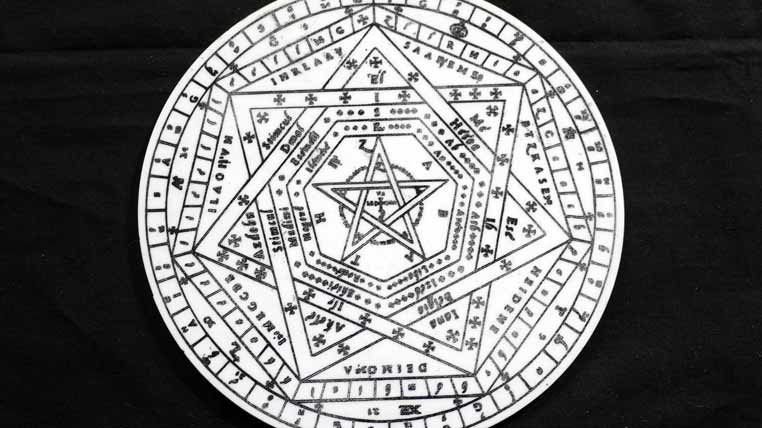
Types of Witchcraft: Enochian Magic
The apocryphal Book of Enoch speaks of an order of angels called “Guardians” or “Sleepless Ones.”
Their leader was Semjaza (in other places, Azazel, the name of one of the main demons of the Jews), who led 200 guardians to Earth to take wives from among the daughters of men.
From such unions, the Nephilim, giants, and the heroes of old were said to have been born, as well as the ancient witchcraft practitioners.
According to the legends, the fallen angels taught their consorts to utter particular charms and to practice the art of witchcraft.
They shared with women the wisdom of healing herbs and the properties of certain roots. Semjaza did not neglect men either, teaching them how to make weapons and tools of destruction.
In Enochian Magic, practitioners use words of power transmitted through oral tradition from the time of Enoch.
The invocation begins with the utterance of the appropriate words, varying from spirit to spirit.
It is said that these words of power exert a powerful emotional effect through their sound.
One famous example is the following text fragment:
Eca zodcare iad goho Torzodu odo kilale qaa! Zodacare od sodameranul Zodorje lape zodiredo il noco mada dae iadapiel!
These words are considered to belong to the Enochian language, which magicians and other occultists claim predate Sanskrit.
They are addressed to the angelic entities that magi believed would aid them in their endeavors and translate thus:
Move and show yourself! Reveal the mysteries of creation! Be kind to me, for I am a servant of the same God as you and a faithful worshiper of the Most High.
In all psalmodies, recitations, and litanies, the impact of a group is more impressive than that of a single voice.
Thus, practitioners of Enochian Magic believed that multiple seekers of such dedication should gather together.
When practiced incorrectly, the rituals had a powerful effect on the senses. The measured step dance within a magical circle further emphasized the impact.

Types of Witchcraft: White Magic
In early human societies, the one who practiced white magic was the shaman, the tribe’s healer, the herbalist, and the individual sought out by the whole community when a potion powerful enough to beat a disease or a charm to ward off evil spirits was needed.
In the same primitive societies, the roles of priest and magician were often blended into one man or woman who could enter a trance and communicate with entities dwelling in nature and the spirits who populated the unseen world.
The priest/magician knew how to placate angry entities whose sacred spaces had been desecrated, expel a spirit possessing a body against its will, and where to find the herbs to treat various illnesses.
Until the Middle Ages, witchcraft and religion remained intertwined for those who practiced white magic.
Though black magic represented a solid temptation for most occultists, white magic drew enlightened minds such as Eliphas Levi, Agrippa, and Paracelsus, all considering witchcraft the true path to communion with God.
They all believe the fruits of such connection should be put in the service of humanity.
Levi noted that practitioners of white magic who dedicated themselves to faith and reason, science and religion, could obtain sovereign power, making them masters of all spirits and forces of the material world.
Paracelsus suggested that the practitioner of white magic did not need to draw magical circles, recite charms, or practice rituals.
In his opinion, nothing was impossible for a man who united with God. All magic was within reach of the human mind, expressed through faith and imagination.
Adherents of white magic have continued to practice their traditions at a high level of mystic ideals and to dedicate themselves to transcendental mysticism rather than occultism.

Types of Witchcraft: Voodoo
Voodoo, also known as Vodou or Vodun, is a religion that originated in West Africa and has spread to different parts of the world, including the Caribbean, Central, and South America.
Voodoo is a complex belief system encompassing elements of African animism, Catholicism, and indigenous traditions.
Although Voodoo is often associated with witchcraft, it is much more than that. Voodoo is a way of life that involves a deep connection to nature, ancestors, and the spirit world.
At the heart of Voodoo are the spirits or “lwa” that represent different aspects of the natural world, such as the ocean, forests, and rivers.
These spirits are believed to be able to intervene in the lives of individuals and communities to bring good fortune, healing, and protection.
Voodoo practices involve various rituals and ceremonies designed to honor the spirits and seek their guidance.
These rituals may include offerings of food, drink, and other items, as well as dancing, singing, and drumming.
Voodoo practitioners also use talismans, dolls, and other objects to channel the power of the spirits and cast spells.
Voodoo beliefs also encompass the idea of witchcraft or “hoodoo,” which involves using spiritual power to influence the world around us.
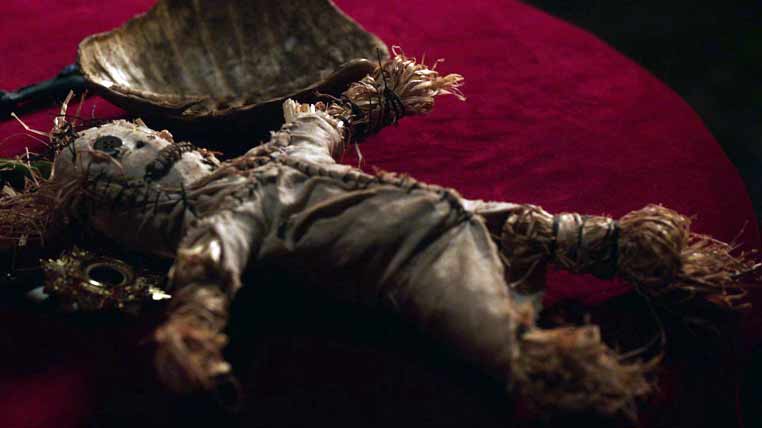
Depending on the practitioner’s intentions, Voodoo can be used for both positive and negative purposes.
Voodoo practitioners believe they can harness the power of the spirits and use it to help others or protect themselves from harm.
Despite its association with witchcraft and mysticism, Voodoo is a religion deeply connected to the natural world and the community.
Its practitioners believe that everything is interconnected and that individuals’ actions can significantly impact the world around them.
At Ancient Theory we only use trusted sources to document our articles. Such relevant sources include authentic documents, newspaper and magazine articles, established authors, or reputable websites.
- Emile Grillot - Illustrated Anthology of Sorcery, Magic and Alchemy. Causeway Books, New York, 1973.
- Pamela A. Moro - Witchcraft, Sorcery, and Magic.
- Lewis Spence - An Encyclopedia of Occultism. University Books, New York, 1960.
- H. T. F. Rhodes - The Satanic Mass. Arrow Books, Londra, 1965.
- Marvin Meyer și Richard Smith - Ancient Christian Magic. Harper San, San Francisco, 1994.
- Magic - britannica.com. [Source]
- Black magic - wikipedia.org. [Source]
- Melton J. Gordon - Black Magic. Encyclopedia of Occultism & Parapsychology. Gale Research Inc.
- Paola Zambelli - White Magic, Black Magic in the European Renaissance. BRILL, 2007.

